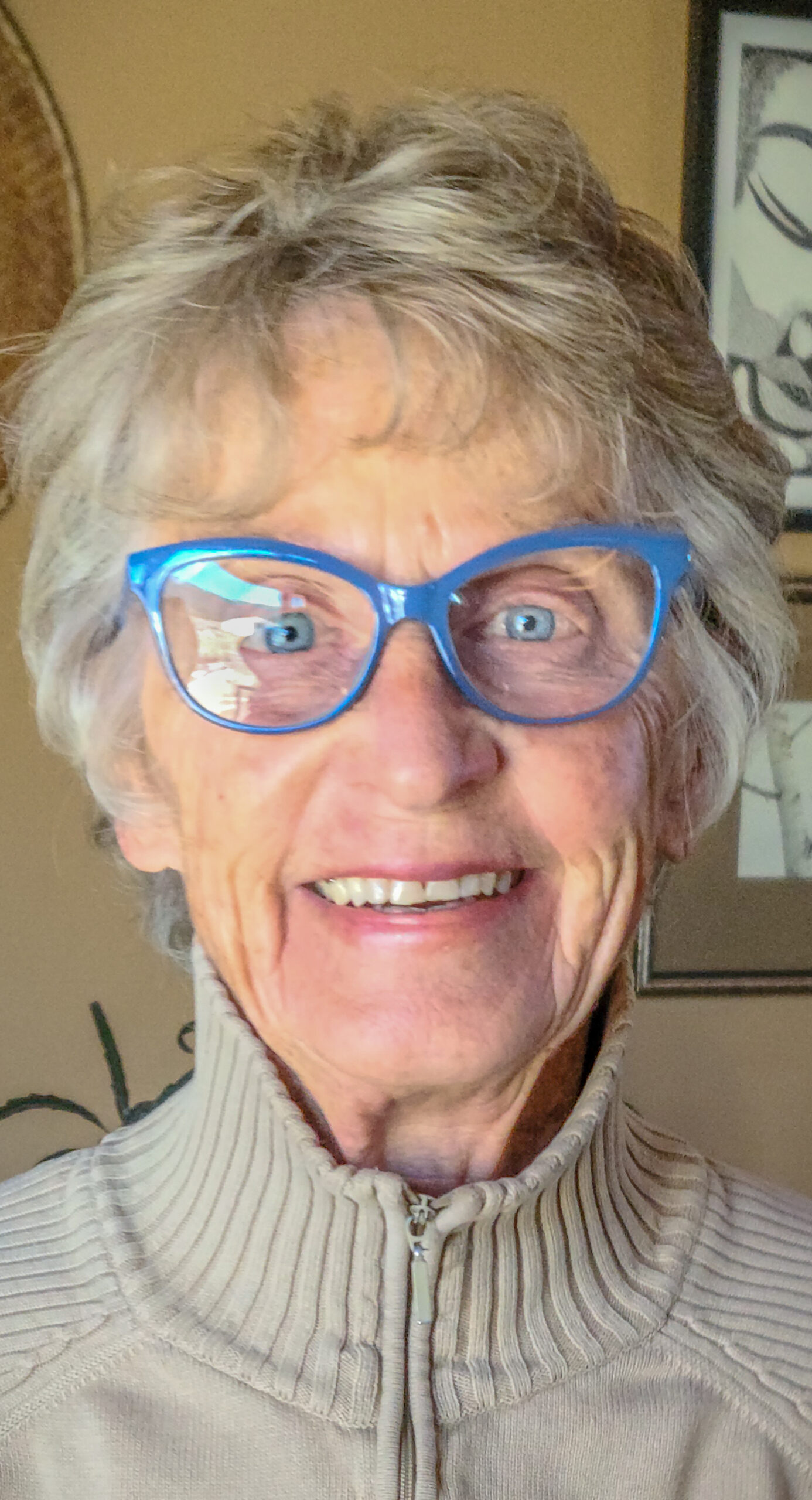Magical Muscle Molecules of Hope
What are the magical muscle molecules of hope? Relatively new discoveries show that movement of the body allows the muscles to release a certain molecule into the bloodstream. Any level of movement will release these molecules, and the more energetic the movement, the more molecules are released. These molecules are powerful in supporting health, both mentally and physically.
Our muscles are like endocrine glands with the ability to produce chemicals that communicate with other systems of the body. They produce molecules that communicate with the immune system and cardiovascular system and are beneficial to metabolism, mental health and increased muscle strength. These molecules help reduce inflammation, control blood sugar, improve brain function and burn more fat as fuel.
These molecules, which scientists call Myokines, have been dubbed “Hope Molecules” because they have the ability to cross the blood-brain barrier and work within the brain to help recover from stress and can produce the feeling of ease, happiness and relaxation. They may even be the key to preventing the development of depression.
Our body stores these molecules until we begin to use our muscles. Then when we engage our muscles in an activity it is a signal to unleash the magical muscle molecules of hope to keep ourselves healthy and thriving. On the other hand, being sedentary shuts the molecules down.
The movement you choose does not have to be extreme in order to reap the benefits of the hope molecule. It’s important to find an exercise that suits your particular body and lifestyle. According to research, you don’t have to run a marathon, but it is very useful when the movement you choose for your health and wellbeing is challenging. All movement is good, but if you feel you can take on a challenge there can be an amplification of the emotional and mental benefits of movement.
Having been a mother to a quadriplegic, I know there are some who are not able to get up and go. However, science has found that whenever we move a muscle anywhere in our body, we produce hope molecules. If you are handicapped in any way, whatever you do, even if it is only an ability to move a small part of your body, remember, you are still producing the hope molecules. It is in the contraction of the muscle that the hope molecules are produced.
Movement goes far beyond what has been spoken of here including helping us to stay young:
“As the brain ages, the areas that we aren’t using become smaller and less connected. For instance, if you are not using the part of the brain that is “musical,” it will decrease in size and activity compared to the areas that are active on a daily basis. The problem with this is that we are not stimulating new connections. For the most part we are doing the same tasks with our brain on a daily basis. This pedestrian use of our brain is where “aging” happens and the brain goes from a hive of activity to a basic level of “as needed” functioning. Movement alone can light up new connections in all areas of the brain,” says Dr. Genieve Burley, a chiropractor and internationally renowned movement expert.
Dr. Burley suggests that varying our movements — from running to cycling, skating, skiing, jumping jacks, swimming, etc. — activates different muscles and joint movement and is very beneficial. So does changing the tempo of our exercise between faster and slower. Try either doing the same exercise faster or slower, or another form of movement with a different tempo. Try something new. Challenging our motor skills by learning a new dance or a new sport is a fun way to make new connections in the brain.




